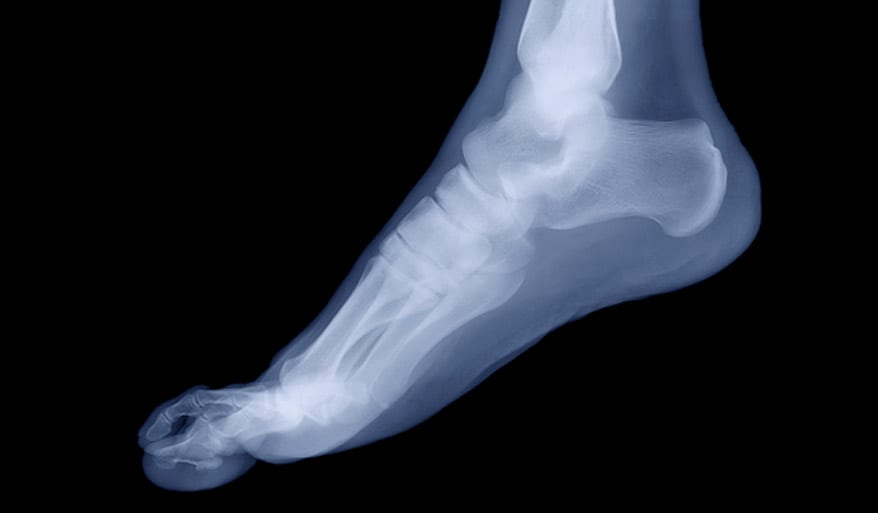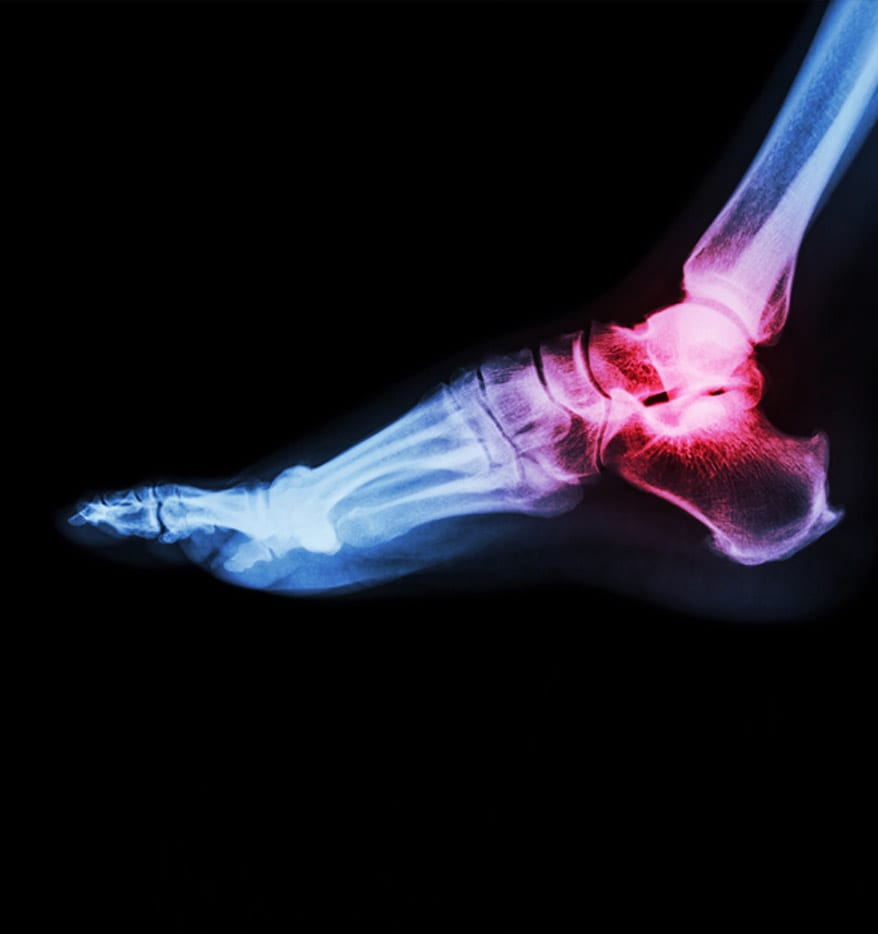
Arthritis is a condition that affects the joints, causing them to become swollen and painful. The two most common types of arthritis are osteoarthritis and rheumatoid arthritis.
Symptoms of Arthritis
Depending on the type of arthritis, individuals may experience the following symptoms:
- Stiffness
- Swelling
- Redness
- Pain
- Decreased range of motion
What is Osteoarthritis?
Individuals with osteoarthritis experience wear-and-tear damage to the joint’s cartilage, which is the hard, slick coating on the ends of the bones where they connect to form a joint. The cartilage cushions the joint to allow nearly frictionless motion. Damage to the cartilage can lead to bones grinding against each other, causing pain and restricted movement. Wear-and-tear damage may occur as a result of a joint injury or infection, or it may occur over many years.
The condition affects the entire joint, causing changes in the bones, inflammation of the joint lining, and deterioration of the connective tissue that attaches muscle to bone and holds the joint together.


What is Rheumatoid Arthritis?
Rheumatoid arthritis is a condition in which the body’s immune system attacks the lining of the joint capsule, a membrane (synovial membrane) that encloses the joint parts. As a result, the membrane could become inflamed and swollen. Over time, the cartilage and bone within the joint can become completely destroyed.
Risk Factors for Arthritis
The following factors make it more likely to develop arthritis:
- Family history. Individuals may be genetically predisposed to developing arthritis if they have parents or siblings who have the disorder. Certain genes may cause individuals to be more sensitive to environmental factors that trigger arthritis.
- Sex. Rheumatoid arthritis is more common among women, while other types of arthritis, such as gout, are more common among men.
- Age. The risk of developing many types of arthritis increases with age.
- Previous joint injury. Individuals who have sustained a joint injury are more likely to develop arthritis.
- Obesity. Carrying excess weight, especially on the knees, hips and spine, increases the stress on joints and the risk of developing arthritis.
How Arthritis is Diagnosed
During an initial visit to the doctor, the physician will physically examine the patient for swelling, redness or warmth in the joints. The physician will observe the patient’s ability to move their joints.
Depending on which type of arthritis the physician suspects, the following tests may be performed.
Laboratory tests. An analysis of bodily fluids, such as blood, urine and joint fluid, will help identify the type of arthritis. The physician will insert a fine needle into the joint space to withdraw some joint fluid for analysis.
Imaging. Patients may also need to undergo the following types of imaging tests:
- X-rays. Low levels of radiation are used to visualize the bone and reveal cartilage loss, bone damage and bone spurs. X-rays are often used to track how far a disease has progressed.
- Computerized tomography (CT). CT scans help create cross-sectional views of both bone and the surrounding soft tissues.
- Magnetic resonance imaging (MRI). MRIs can create highly detailed cross-sectional images of tendons, ligaments and cartilage.
- Ultrasound. High-frequency sound waves help create images of soft tissues, cartilage and bursae, which are fluid-containing structures located near the joints.

